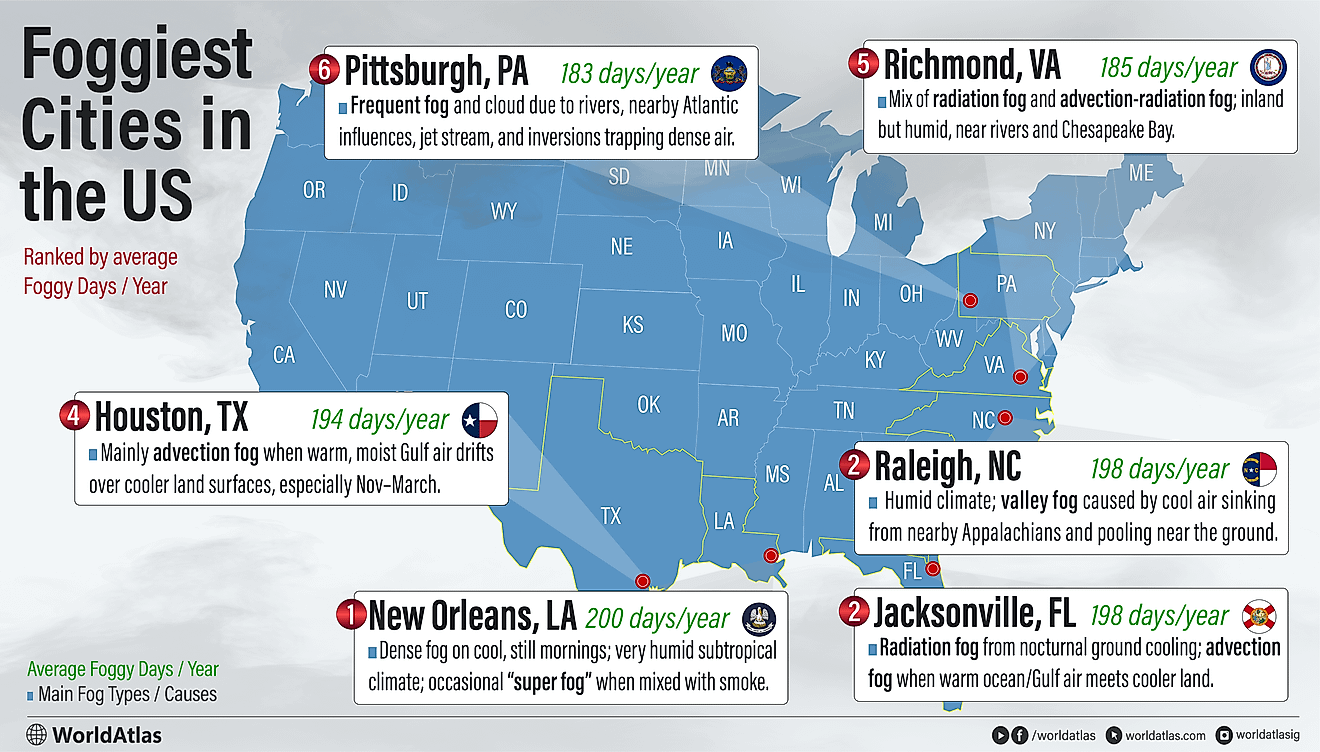
The Climate Zones Of The World
Climate can be defined as the average weather conditions in a region over a prolonged period, i.e., about 30 years or more. Specifically, climate refers to the mean variability of different meteorological variables, like temperature, atmospheric pressure, precipitation, humidity, and wind, over a long time. The Earth’s tilt greatly influences the climate of a region along with its geographical location, topography, land use, elevation, and currents from adjacent water bodies. It is believed that the enormous diversity of life on Earth is primarily due to the different varieties of climates that exist and a result of the climate change events that have taken place in the past.
The distinct horizontal belt-shaped areas of the Earth that are characterized by unique weather patterns and characteristics are referred to as climate zones. The concept of climate zones was first introduced in 1884 by the well-known German-Russian climatologist Wladimir Köppen in his Köppen climate classification, which is currently one of the most widely used climate classification systems. As the climate of a particular region affects the presence of plant and animal life in that region, the climate zones can also be used to correlate the climate associated with the different biomes. Therefore, it is essential to categorize the world’s climate into different climate zones, which can further help various climatologists understand the climatic conditions in different regions and track any changes in them.
Climate Zones
As per the Köppen Climate Classification, the climate of a region can be categorized into five broad climate groups, each based on the seasonal characteristics of temperature and precipitation. Each of these broad groups is further subdivided into different subgroups. The broad groups are denoted by capital letters A, B, C, D, and E, while the subgroups are represented by small letters f,m,w, and s.
These Are the Five Broad Climate Groups:
- A – Tropical Climate
- B – Dry Climate
- C – Temperate Climate
- D – Continental Climate
- E – Polar Climate
Group A – Tropical Climate
Denoted by the letter A, Tropical Climate is the foremost among the five major climate groups in the Köppen Climate Classification. Tropical climates can be defined as having a monthly mean temperature of 64.4°F or more during cooler months while having hot temperatures with slight variation throughout the year. The regions experiencing tropical climates receive intense sunlight besides abundant annual precipitation.
This type of climate is mainly experienced in tropical regions located below the 23.5° latitude in both the Northern and Southern hemispheres of the Earth. Tropical regions include the areas around the Equator, Central Africa, the southern parts of Asia, Central America, the Pacific Ocean Islands, parts of North Australia, and the north-central parts of South America. The tropical climate group is further subdivided into three subgroups: Tropical rainforest climate (Af), Tropical monsoon climate (Am), and Tropical wet and dry climate (Aw or As).
Tropical rainforest climate (Af)

Also referred to as Equatorial climate, this tropical climate subtype, denoted by Af, is witnessed in regions within 10 to 15° north and south latitudinal ranges from the Equator. The areas experiencing this type of climate have high mean yearly temperatures (70°F to 85°F), small temperature ranges, and no distinct dry or wet seasons, as there is high rainfall throughout the year. Some regions that experience this type of climate include the islands of the East Indies, the Northern Congo Basin of Africa, and the upper Amazon Basin of South America. Due to high precipitation all through the year, this region has several kinds of trees. The natural vegetation unique to the tropical rainforest climate regions includes bananas, bougainvillea, Bengal bamboo, coconut tree, curare, and durian.
Tropical Monsoon Climate (Am)

Also referred to as sub-equatorial climate, this tropical climate subtype, denoted by Am, is witnessed in South and Southeast Asia; West and Central Africa; Central America; the central portion of South America; and parts of Northern Australia, North America, and the Caribbean. The regions experiencing this type of climate have mean monthly temperatures of more than 64°F, small yearly temperature ranges, uneven precipitation throughout the year (with heavy rainfall during summer), and a short dry season during winter. The natural vegetation unique to the tropical monsoon climate regions includes bamboo, deodar, rosewood, sandalwood, and teak.
Tropical Wet And Dry Climate (Aw or As)
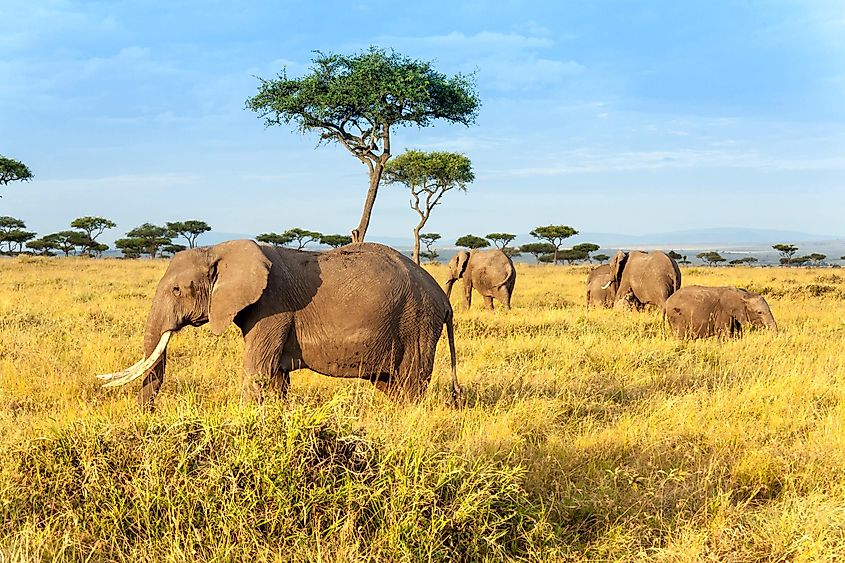
Also referred to as tropical savanna climate, this tropical climate subtype is represented by Aw for dry winter and As for dry summer. Tropical savanna climate is commonly witnessed in Asia, Central Africa, and parts of Northern and Eastern Australia, Central America, North America, South America, the Pacific Islands, and some Caribbean Islands. The average yearly temperature ranges between 68°F and 86°F, while the annual precipitation varies between 700 to 1000 mm. Winter is usually the driest, with less than 60 mm of rainfall. The regions experiencing a savanna climate are covered by flat grassland vegetation, including lemongrass, red oats grass, Rhodes grass, star grass, elephant grass, etc.
Group B – Dry Climate
Also referred to as desert climate or arid climate, this type of climate is seen in regions where there is an excess of evaporation compared to the amount of precipitation received. It is to be noted that if an area’s yearly precipitation is less than 50% of the total precipitation, then it is categorized as desert climate or BW; whereas if the yearly precipitation is between 50 to 100% of the total precipitation, it is categorized as semi-arid or steppe climate. After polar climate, hot desert climates are the Earth’s second-most common climate type covering over 14.2% of the planet’s land area. The Dry Climate group is further divided into two subgroups: hot desert climate (BWh) and cold desert climate (BWk).
Hot Desert Climate (BWh)

This subtype of dry climate is mostly experienced in subtropical regions between 20° and 30° north and south latitudes across vast areas of North Africa, northwestern portions of the Indian subcontinent, Western Asia, interiors of Australia, northern Mexico, coastal areas of Peru, Chile, and Southwestern United States. During summers, the average temperature ranges between 84°F to 95°F, with midday temperatures varying between 109°F to 115°F. In contrast, during colder months, the night temperatures can drop below freezing under clear skies.
Cold desert climate (BWk)
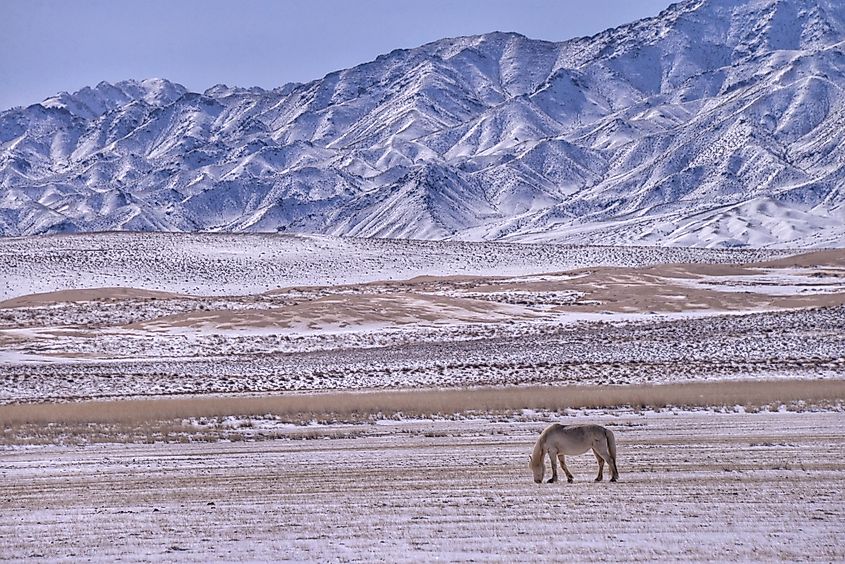
This subtype is experienced in temperate regions that are located in the rain shadow area of high mountains. Cold desert climates are found at higher altitudes compared to hot desert climates and have hot, dry summers and cold, dry winters. Some of the regions experiencing this type of climate include the Gobi Desert, Patagonian Desert, Taklamakan Desert, parts of the Great Basin Desert, the Ladakh region, etc.
Group C – Temperate climate
The climate type is seen in the mid-latitude areas, which are placed between tropical and polar regions. Compared to tropical climates, the regions with a temperate climate have wide temperature ranges throughout the year as well as distinct seasonal variations. Temperate climates are not only influenced by latitudinal positions but also by the direction of prevailing winds, sea currents, size of landmass, and elevation. Based on monthly temperature, rainfall, and the coldest month, the temperate climate group can be further subdivided into several smaller climate zones. These are:
Humid subtropical climate (Cfa)
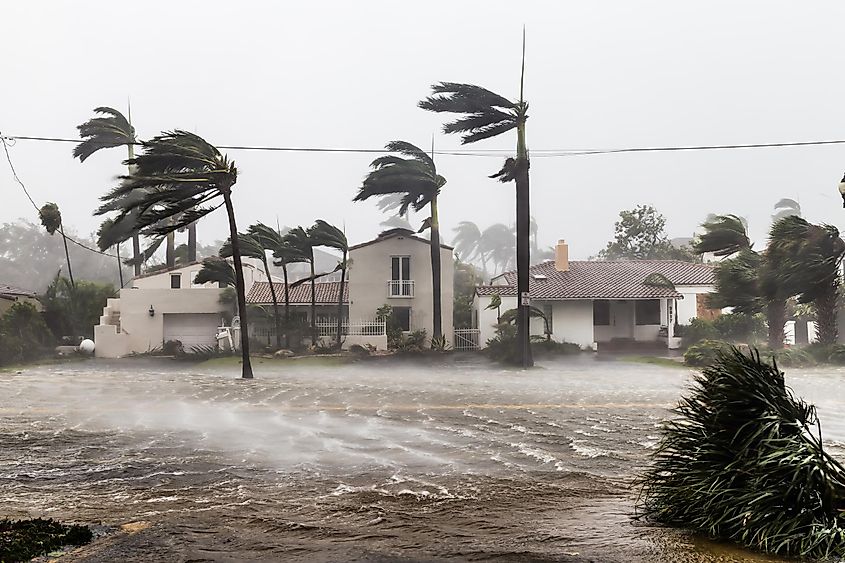
Marked by long, hot, humid summers and cool, mild winters, this climate zone is usually experienced on the southeastern portion of all continents except Antarctica, between 25° and 40° latitudes. The average temperature during the coldest month varies between 27° F and 64°F, whereas the average temperature during the warmest month is about 72°F or more. Rainfall is mostly experienced during the summer months and is accompanied by intense thunderstorms and often tropical cyclones. Winter rainfall is frequently associated with large storms steered by the westerlies.
Temperate oceanic climate (Cfb)
This humid temperate climate subtype is characterized by warm summers and cool winters with fewer temperature extremes. Oceanic climates are experienced in regions placed between 45 and 63° latitude in both hemispheres, particularly in parts of New Zealand, Tasmanian Central Highlands, southern Chile, the northwestern part of America, and northwestern Europe. During the coldest month, the mean temperature is about 32°F or more, whereas, during the warmest month, the mean temperature is less than 72°F. Therefore, in comparison to regions with a continental climate, summers are quite cooler for regions experiencing an oceanic climate.
Subpolar oceanic climate (Cfc)
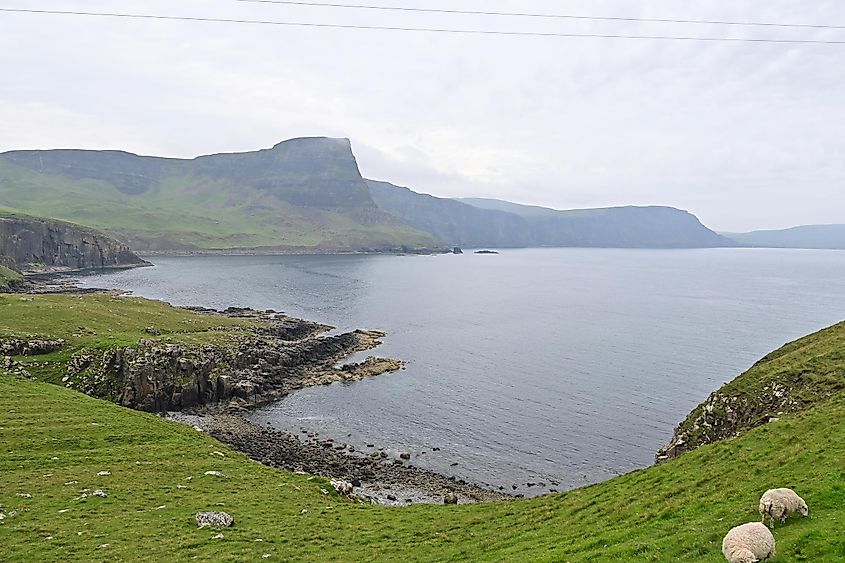
The areas with this type of climate are placed close to the polar regions and experience long, mild winters and short, cool summers. These areas also receive comparatively more snowfall than other places with a temperate oceanic climate. The average monthly temperature in this climate zone does not fall below 26.6°F, and during the warmest month, the daytime maximum temperature remains below 63°F. Subpolar oceanic climate is experienced in parts of coastal Iceland, Scotland, northwestern Norway, the Faroe Islands, Aleutian Islands, Argentina, Chile, and the Southern Alps.
Monsoon-influenced humid subtropical climate (Cwa)
The areas with this type of climate experience hot summers and dry winters. During the coldest month, the average temperature remains above 32°F. The average temperature for at least one month is about 71.6°F, while for four months, the mean temperature is more than 50°F.
Subtropical highland climate (Cwb)
Also referred to as monsoon-influenced temperate oceanic climate, this type of climate is experienced in high-elevation areas placed either within tropical or subtropical regions. The areas having this type of climate receive less precipitation during winter months compared to other low-elevation regions at similar latitudes. Places in the tropical regions that experience this type of climate have spring-like weather all through the year. Subtropical highland climate dominates the high-elevation areas of south and southeastern Africa; the western part of Africa as far as the southwestern Angola highlands; the eastern part of Africa upto Mozambique, parts of Sri Lanka, Grand Atlas Mountains, the mountainous regions of North, Central, and South America, and parts of southern Europe.
Cold subtropical highland climate (Cwc)
Places with this type of climate experience short summers and less than four months having average temperatures of more than 50°F. The cold subtropical highland climate is seen in places like El Alto in Bolivia and parts of Sichuan and Yunnan in China.
Hot-summer Mediterranean climate (Csa)
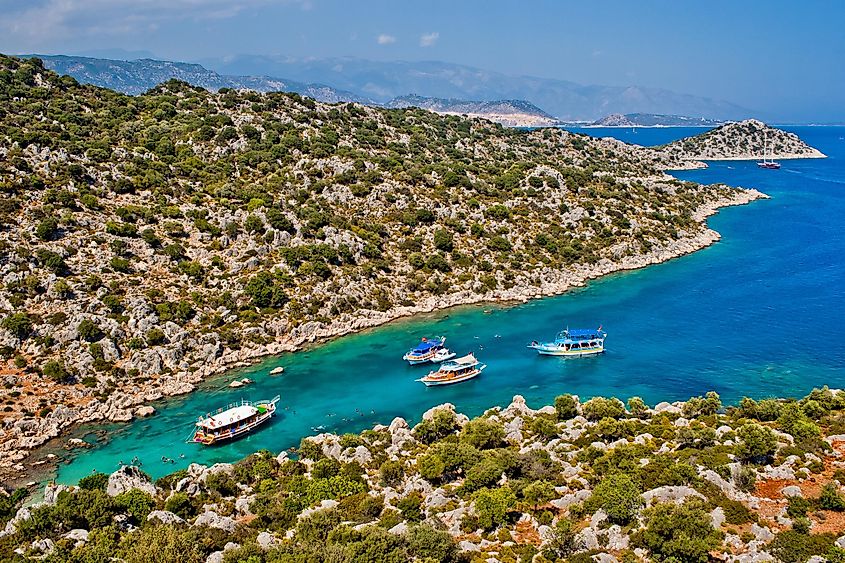
Also known as the typical Mediterranean climate, this subtype of Mediterranean climate is experienced in areas around the Mediterranean Sea, parts of Central Asia, southern Australia, northern parts of Iran and Iraq, and interior parts of California, southern Oregon, and along the Wasatch Front in Utah. Places with this type of climate have extremely hot and dry summers and mild, wet winters. The average monthly temperature is around 71.6°F during the warmest month and between 64°F and 27°F during the coldest month.
Warm summer Mediterranean climate (Csb)
Often referred to as the cool summer Mediterranean climate, this subtype of Mediterranean climate is experienced in the Pacific Northwest, northwestern Iberian Peninsula, parts of South Africa, South Australia, and central Chile. Places with this type of climate have warm, dry summers and chilly, rainy winters. The factors that are responsible for the warm summer Mediterranean climate include high latitudes, cool ocean currents, and upwelling.
Cold summer Mediterranean climate (Csc)
This subtype of Mediterranean climate is quite rare and is mainly found in the high-altitude areas along the western coasts of North and South America. Places with this type of climate experience cool, dry summers and cool, wet winters.
Group D – Continental Climate
Continental climates are mostly experienced in the mid-latitude regions in the Northern Hemisphere, within expansive landmasses where the prevailing winds blow overhead, and temperatures are not moderated by adjacent water bodies. These regions have hot summers and cold winters, with variable weather patterns and significant temperature variations. Precipitation in these regions is received mostly during the warmer months from conventional showers and frontal cyclones.
Hot summer humid continental climate (Dfa)
In this subtype of continental climate, the average temperature during the warmest month (July or August) is around 71.6°F. Hot summer humid continental climate is experienced in various parts of North America, including central and southeastern Canada and the central and eastern United States. In addition, this type of climate is also experienced in East-Central Asia, interior parts of Eurasia, and parts of India.
Warm summer humid continental climate (Dfb)

In this subtype of continental climate, the average temperature during the warmest month remains less than 72°F. Also referred to as hemiboreal climate, the warm summer humid continental climate is experienced in large portions of North America, Central, and Eastern Europe, the Southern Alps of New Zealand, the Andes Mountains of South America, and the Snowy Mountains of Australia.
In addition to the above-mentioned subtypes, a humid continental climate is also represented by a Monsoon-influenced hot-summer humid continental climate (Dwa), Monsoon-influenced warm-summer humid continental climate (Dwb), Mediterranean-influenced hot-summer humid continental climate (Dsa), and Mediterranean-influenced warm-summer humid continental climate (Dsb).
Subarctic climate (Dfc)
Also known as subpolar climate, this type of continental climate is experienced in regions located at 50° to 70°N latitudes, in large landmasses far away from the oceans. In the Köppen Climate Classification, this climate type is also represented by Monsoon-influenced subarctic climate (Dwc), Mediterranean-influenced subarctic climate (Dsc), Extremely cold subarctic climate (Dfd), Monsoon-influenced extremely cold subarctic climate (Dwd), and Mediterranean-influenced extremely cold subarctic climate (Dsd). Parts of Northern Eurasia and North America that experience subarctic climates have long, extremely cold winters and short, mild summers. The average temperatures can drop below -58°F during winters and remain around 79°F during summers.
Monsoon-influenced hot-summer humid continental climate (Dwa)
This subtype of humid continental climate is characterized by hot, wet summers and cool, dry winters. During the coldest month, the average temperature remains below 32°F, while all months have average temperatures below 71.6°F and at least four months averaging more than 50°F. About ten times rainfall is received during the wet months of the summer season in areas experiencing this type of climate.
Group E – Polar Climate
Polar climate is mainly experienced by the polar regions, which are located far away from the Equator and close to the poles. This climate group is characterized by cool summers and extremely cold winters, with an average monthly temperature of less than 50°F. Polar climate is further categorized into two types: tundra climate (ET) and ice cap climate (EF).
Tundra Climate (ET)
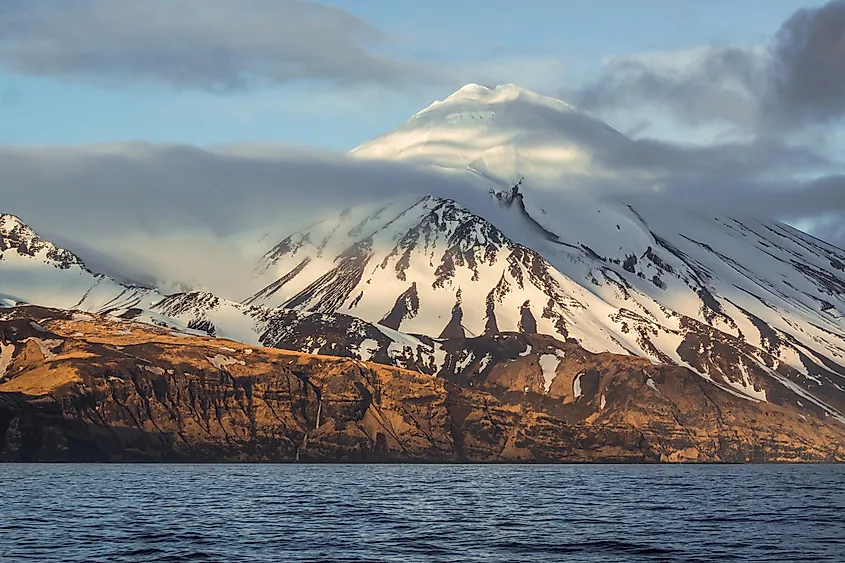
This polar climate subtype is experienced in high mountainous and high latitude areas (like parts of Iceland, Aleutian Islands), where there is at least one-month having an average temperature of more than 32°F, but no month where average temperatures are over 50°F.
Ice Cap Climate (EF)
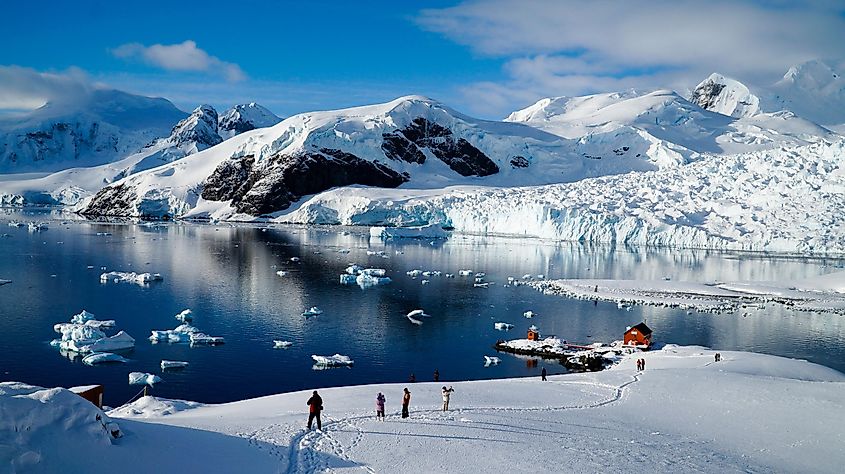
This polar climate subtype is experienced in areas close to high latitudes to polar regions such as Antarctica, Russia, and the northernmost islands of Canada. In these areas, which are covered by a permanent ice layer and devoid of any vegetation, there is not a single month where the average temperature exceeds 32°F.
The above discussion explains in detail the various climate zones of the Earth. Knowledge of climate zones is extremely essential to understand the earth’s biomes, identifying species under threat due to changing climate, and determining which crops can grow best in certain climatic regions. Moreover, climate zone maps can help researchers to track how climate change and global warming can impact ecosystems. At present times, the climate zones are expected to change with shifting precipitation patterns across regions and a rise in global temperatures due to increased greenhouse gas emissions. A study published in Scientific Reports has revealed that between 1950 and 2010, anthropogenic climate change shifted about 6% of the global land area towards warmer and drier climate types. Therefore, it is the need of the hour to design necessary measures to tackle climate variability and changing environmental conditions all across the globe.










